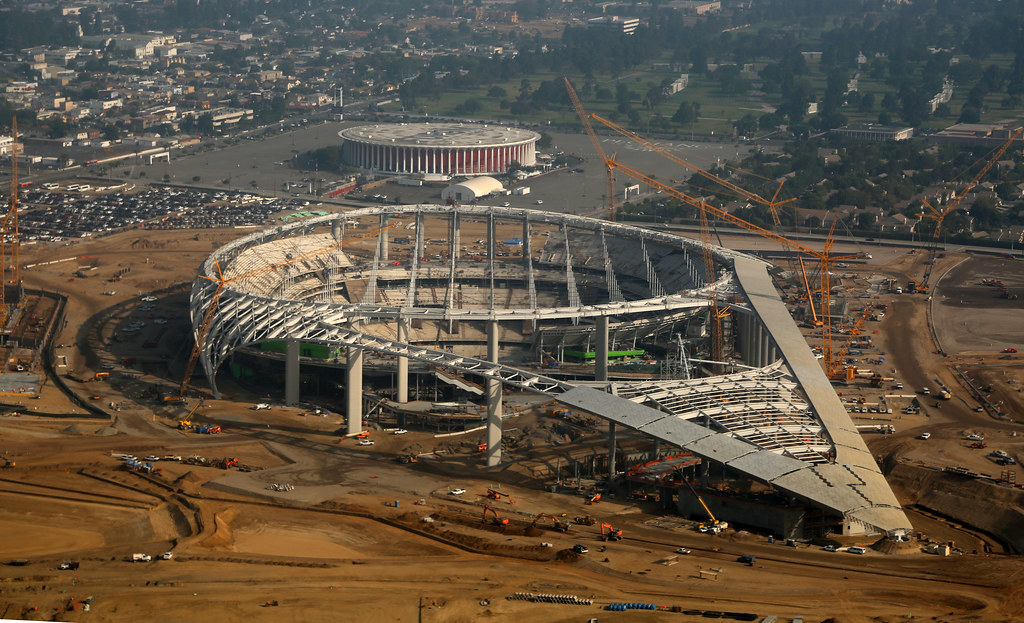Witness the breathtaking metamorphosis of Florence’s iconic stadium as the Fiorentina stadium renovation redefines modern football architecture.
The Stadio Artemio Franchi, an iconic symbol of football heritage in Florence, is embarking on a transformative journey that promises to blend its rich history with cutting-edge modernisation. This comprehensive €95 million renovation project represents one of the most significant sporting infrastructure developments in Italy, setting new standards for stadium design while preserving cultural legacy.
The Vision Behind the Renovation
The ambitious renovation project of Fiorentina’s home ground embodies a delicate balance between honouring architectural heritage and embracing modern innovation. At its core, the vision focuses on creating a sustainable, multi-functional venue that serves both sporting excellence and community engagement. The project’s primary objectives include:
- Modernising facilities while preserving the stadium’s historic character
- Enhancing spectator comfort and safety standards
- Creating new revenue-generating spaces
- Improving accessibility and crowd flow
- Implementing sustainable design solutions
Timeline and Construction Phases
The renovation project follows a carefully planned schedule spanning from 2025 to 2029, with critical milestones ensuring minimal disruption to match operations. The first phase, targeted for completion by 2026, will focus on essential structural improvements and modernisation of core facilities. Here’s a detailed breakdown of the construction phases:
Phase 1 (2025-2026)
- Structural reinforcement of existing framework
- Installation of new canopy structure
- Initial seating reconfiguration
- Essential facilities upgrade
Phase 2 (2026-2028)
- VIP areas and hospitality suites construction
- Commercial space development
- Technology infrastructure implementation
Phase 3 (2028-2029)
- Final seating optimisation
- External façade renovation
- Landscaping and accessibility improvements
Architectural Innovations and Modern Features
The renovation introduces state-of-the-art features while maintaining the stadium’s distinctive character. The new canopy design will provide superior weather protection while preserving the venue’s iconic silhouette. Modern amenities include:
- Advanced LED lighting system
- Enhanced acoustics for improved atmosphere
- Digital signage and screens throughout the venue
- Upgraded concession areas and facilities
- State-of-the-art hospitality spaces
Capacity and Seating Transformation
The renovated stadium will feature a optimised capacity of 35,000 seats, with improved sightlines and comfort levels throughout. During construction, a minimum of 30,000 seats will remain available for matches, ensuring minimal impact on matchday attendance. The new seating configuration prioritises:
- Enhanced visibility from all areas
- Improved crowd flow and access
- Premium seating options
- Family-friendly zones
- Dedicated supporter sections
Commercial and Investment Aspects
The financial framework of the renovation includes potential additional investment of €100 million from club owner Rocco Commisso, contingent upon securing a 50-year management concession. This investment strategy aims to maximise the stadium’s commercial potential through:
- New retail and dining facilities
- Premium hospitality areas
- Multi-purpose event spaces
- Enhanced corporate facilities
- Year-round revenue generation opportunities
Impact on Fan Experience and Future Legacy
The renovation promises to revolutionise the matchday experience while securing the stadium’s future as a premier sporting venue. Key improvements focus on:
- Enhanced comfort and facilities
- Improved access and circulation
- Better concession options
- Modern amenities and services
- Interactive fan zones and experiences
Preserving Historical Elements
Central to the renovation project is the careful preservation of the stadium’s historical significance. The design team has implemented innovative solutions to protect and showcase key architectural elements while incorporating modern improvements. Essential heritage features being preserved include the iconic concrete structure, distinctive tower, and historic façade elements, ensuring the stadium’s cultural legacy continues for future generations.
Conclusion: A New Chapter in Fiorentina’s History
The Fiorentina stadium renovation represents a bold step into the future while honouring the past. This transformative project will deliver a world-class sporting venue that serves as a model for sustainable stadium development. As construction progresses towards its 2029 completion, the renovated Stadio Artemio Franchi will stand as a testament to Florence’s commitment to sporting excellence and cultural preservation, ready to write the next chapter in Fiorentina’s illustrious history.
FAQ
What is the richest stadium in the world?
At the top of the list: SoFi Stadium. The venue cost $5.95 billion to build in inflation adjusted dollars, making it the most expensive NFL stadium in history.
What is the cheapest NFL stadium?
However, Arizona Cardinals fans have it good. According to The Action Network, State Farm Stadium is the cheapest stadium to attend for an NFL game, based on the cost for a family of four. It is broken down like this: That comes up to a total bill of $452.46.
What’s the most expensive stadium ever built?
List of most expensive stadiums
How much did Real Madrid pay for new stadium?
The cost of renovating the Santiago Bernabeu now stands at €1.76billion ($1.91bn, £1.51bn), Real Madrid’s interim accounts for the 2023-24 season have shown. The stadium is expected to be paid off by 2053, representing an average annual cost of €66million ($71.5m, £56.6m).
Sources
[1] https://www.padmagazine.co.uk/construction/artemio-franchi-gets-a-massive-makeover-heres-what-to-expect/26943/
[2] https://stadiumdb.com/news/2025/01/italy_fiorentina_to_remain_at_franchi_during_renovation
[3] https://www.thestadiumbusiness.com/2025/01/10/fiorentina-to-remain-at-home-throughout-franchi-revamp/

